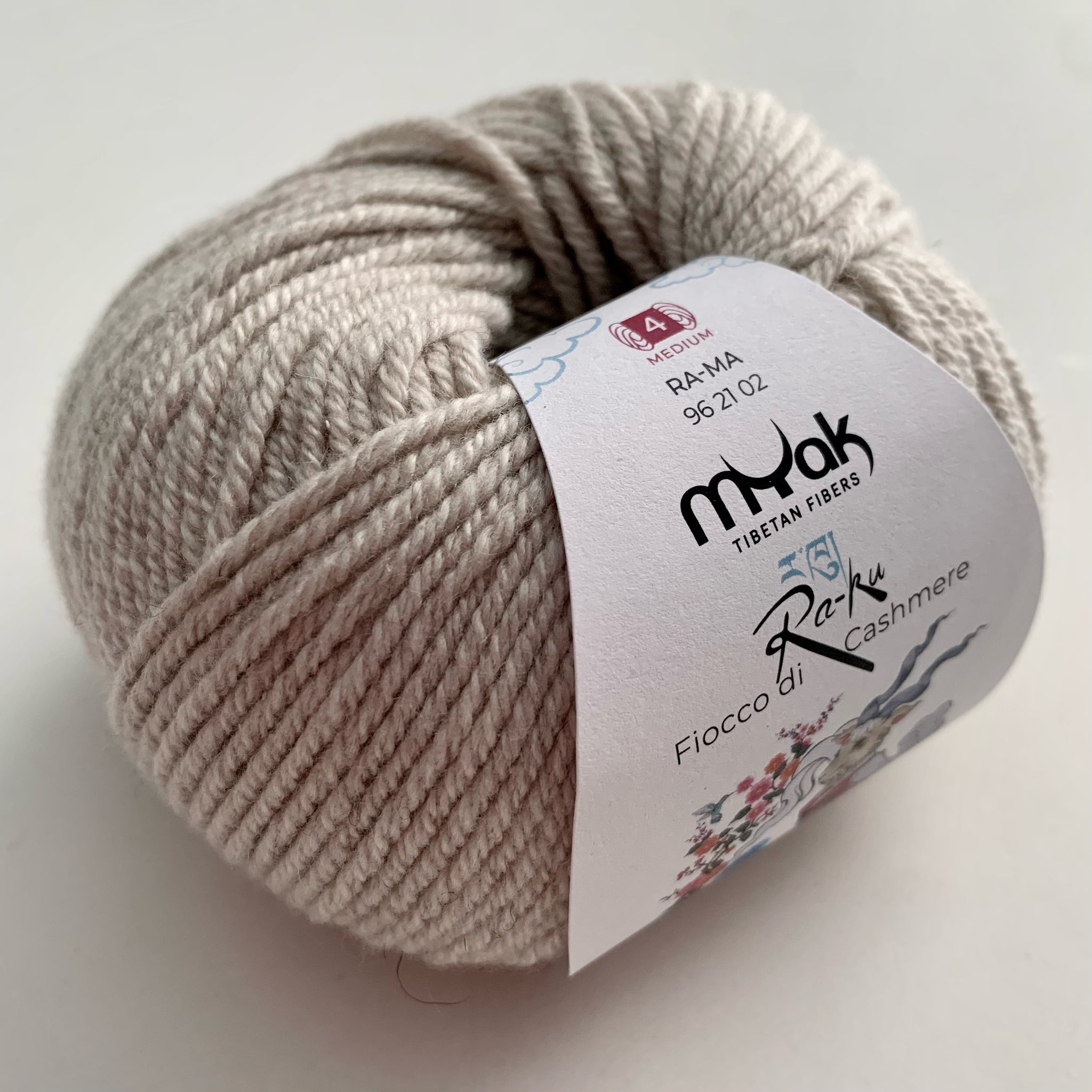Comprehending the Different Kinds Of Cashmere a Natural Fiber and Their One-of-a-kind Benefits

The Beginnings of Cashmere: A Historic Summary
While the extravagant touch of cashmere remains to appeal contemporary consumers, its beginnings trace back to the harsh, cool climates of Mongolia and the Himalayas. For centuries, the indigenous individuals of these regions have been increasing Capra Hircus goats, the prime resource of cashmere wool. These goats, resistant against the serious winters, expanded a fine undercoat to endure, which later on came to be understood as cashmere. The name itself pays homage to Kashmir, a region in India where the wool was initially refined. Much of the very early cashmere trade path was helped with by the Silk Road, attaching Asia with the Middle East and Europe. Regardless of its global spread, the finest cashmere is still believed to stem from the initial areas of Mongolia and the Mountain Ranges.

The Manufacturing Refine: From Goat to Garment
Shearing a Capra Hircus goat notes the inception of the intricate cashmere production process. The resultant raw cashmere is then washed to eliminate contaminations such as dirt, oil, and vegetable issue.
The tidy fiber goes through coloring, spinning, and weaving, or knitting, to transform it into a textile. Facility treatments such as quality control checks and finishing procedures adhere to, guaranteeing the end item keeps the luxurious criterion anticipated of cashmere. This meticulous process, from goat to garment, justifies the high cost affixed to cashmere products, making them a symbol of luxury and improvement.
The Numerous Sorts Of Cashmere: An Extensive Analysis

The Distinct Benefits of Cashmere: Comfort and Sustainability
Moving from the range of cashmere kinds to the benefits they use, comfort and sustainability attract attention prominently. Cashmere, a natural fiber, is renowned for its exceptional gentleness, supplying a level of comfort that synthetic fibers can't match. The material's agility, yet impressive warmth retention, makes it ideal for all seasons. Furthermore, cashmere's all-natural flexibility permits it to go back to its original shape, making it resistant to stretching or shrinking.
When it concerns sustainability, cashmere is naturally degradable and sustainable, as it's collected from cashmere goats who regrow their coats each year. what is cashmere. Unlike artificial fibers which can take hundreds of years to decompose, cashmere's effect on the atmosphere is minimal. This mix of convenience and sustainability makes cashmere a helpful option for mindful customers

Taking Care Of Your Cashmere: Maintenance and Conservation Tips
While cashmere is certainly what material is cashmere a elegant and sustainable option, it needs certain like keep its top quality and prolong its lifespan. To begin, cashmere need to be hand cleaned using cool water and a moderate detergent. Prevent twisting or wringing the garment as it can harm the fibers. Rather, delicately press out excess water and lay it level on a towel to dry. Additionally, cashmere products should be kept in a dry and amazing area, away from direct sunlight and dampness. Using moth repellents can secure these garments from possible damages. Lastly, it's recommended to stay clear of hanging cashmere to stop stretching. Instead, fold and store them correctly to preserve their form and top quality over time.
Buying Cashmere: Comprehending Its Value and Worth
Although cashmere might originally look like a pricey investment, its long-lasting value and worth come to be noticeable when you consider its exceptional high qualities. Known for its unparalleled softness and heat, cashmere is a costs natural fiber that exceeds other products. Its high demand and limited supply add to its high cost, but its longevity guarantees it lasts for many years, offering superb value for money. Cashmere items are timeless, usually ending up being heirlooms gave through generations. what is cashmere. Moreover, its all-natural insulating residential properties offer warmth without the mass of synthetic fibers. Spending in cashmere, as a result, is not practically present fashion patterns, but concerning welcoming a sustainable, durable, and luxurious lifestyle.
Conclusion
In summary, the kind of cashmere one selects, be it Mongolian, Chinese, or Italian, is determined by individual choices for warmth, deluxe, budget plan, and sustainability. Comprehending the origins, manufacturing process, and distinct benefits of various types of cashmere can direct consumers in their financial investment in this elegant all-natural fiber.
Whether it's the extraordinary warmth of Mongolian cashmere, the affordability of Chinese cashmere, or the eco-conscious manufacturing of Italian cashmere, there's a story to be found behind each fiber type. Cashmere, an all-natural fiber, is renowned for its unparalleled soft qualities, offering a degree of comfort that artificial fibers can't match.When it comes to sustainability, cashmere is eco-friendly and sustainable, as it's collected from cashmere goats who regrow their layers yearly. Recognized for its exceptional soft qualities and warmth, cashmere is a costs natural fiber that outshines other products. Recognizing the origins, manufacturing procedure, and distinct advantages of different types of cashmere can lead consumers in their investment in this luxurious natural fiber.